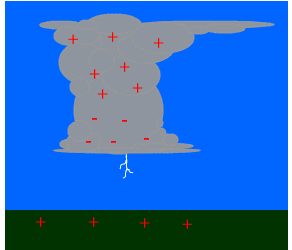Geology
Composition of the Earth
Rocks
Minerals
Plate Tectonics
Erosion
Fossils
Glaciers
Soil Science
Mountains
Topography
Volcanoes
Earthquakes
The Water Cycle
Geology Glossary and Terms
Nutrient Cycles
Food Chain and Web
Carbon Cycle
Oxygen Cycle
Water Cycle
Nitrogen Cycle
|
Atmosphere and Weather
Atmosphere
Climate
Weather
Wind
Clouds
Dangerous Weather
Hurricanes
Tornadoes
Weather Forecasting
Seasons
Weather Glossary and Terms
World Biomes
Biomes and Ecosystems
Desert
Grasslands
Savanna
Tundra
Tropical Rainforest
Temperate Forest
Taiga Forest
Marine
Freshwater
Coral Reef
|
Environmental Issues
Environment
Land Pollution
Air Pollution
Water Pollution
Ozone Layer
Recycling
Global Warming
Renewable Energy Sources
Renewable Energy
Biomass Energy
Geothermal Energy
Hydropower
Solar Power
Wave and Tidal Energy
Wind Power
Other
Ocean Waves and Currents
Ocean Tides
Tsunamis
Ice Age
Forest Fires
Phases of the Moon
|

